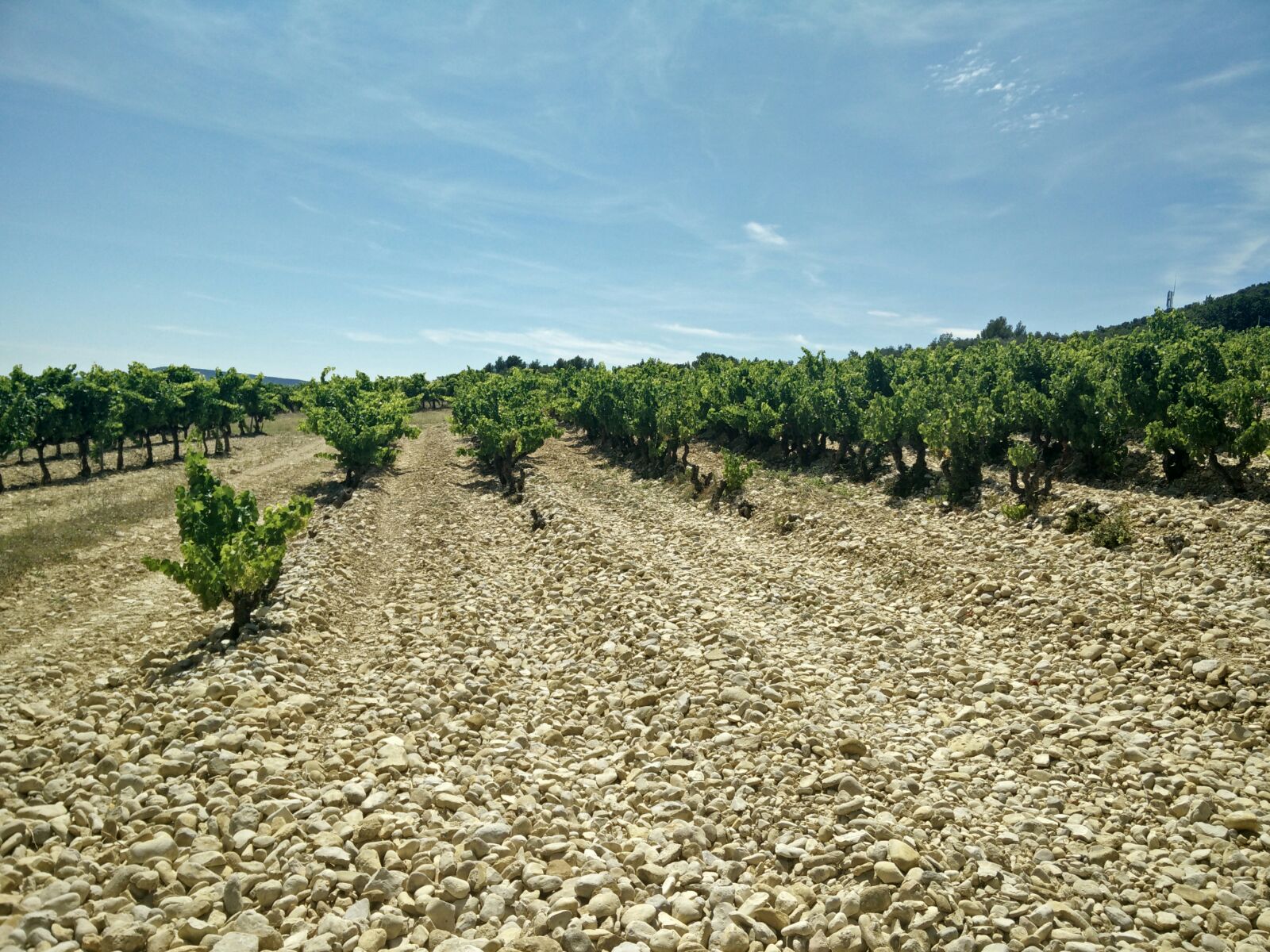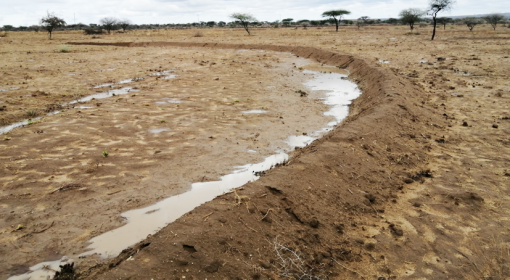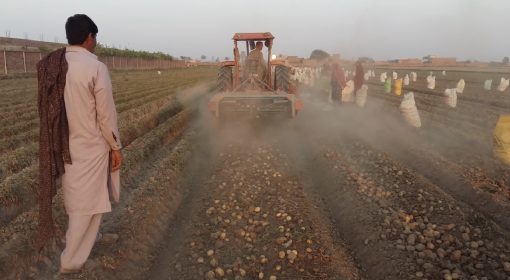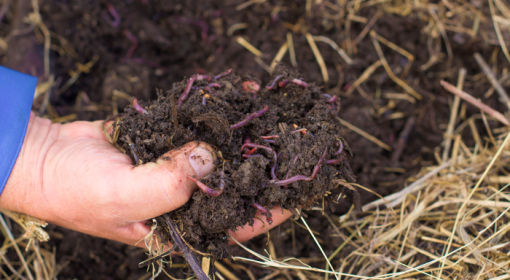Posted by Frank van Steenbergen (MetaMeta)
15 August 2016
One of the many medieval villages in the Drome in France, with pine trees, cherries and olives.
The distinguishing element in the landscape, however, are the rolling and often terraced vineyards. With a population of 1200 Vinsobres has 1800 hectares of vineyard: its name, derived from Latin, means Wine and Work.
The wine from Vinsobres is distinct in taste: soft and outspoken. The secret to the distinct taste is the unique terroir: the very specific manner in which the region’s climate, soils and terrain come together and act upon the plant. In many of the vineyards the soil is covered with stones and these are part of the terroir. The stones have been there since the beginning but are now systematically spread over the vineyards. In some cases large rocks are crushed to create a thicker stone blanket.
The stones do three things that are important to the wine. First they add acidity to the soil which helps to create distinct tastes. Secondly the stones regulate the temperature in the vineyards, insulating the soil and improving the micro-cllmate. Finally, the stones that cover some fields entirely help to retain the soil moisture. They prevent the evaporation of moisture from the soils and in some cold nights they create dew – all ensuring a certain moisture level and the unique chemistry of the ‘terroir’.




